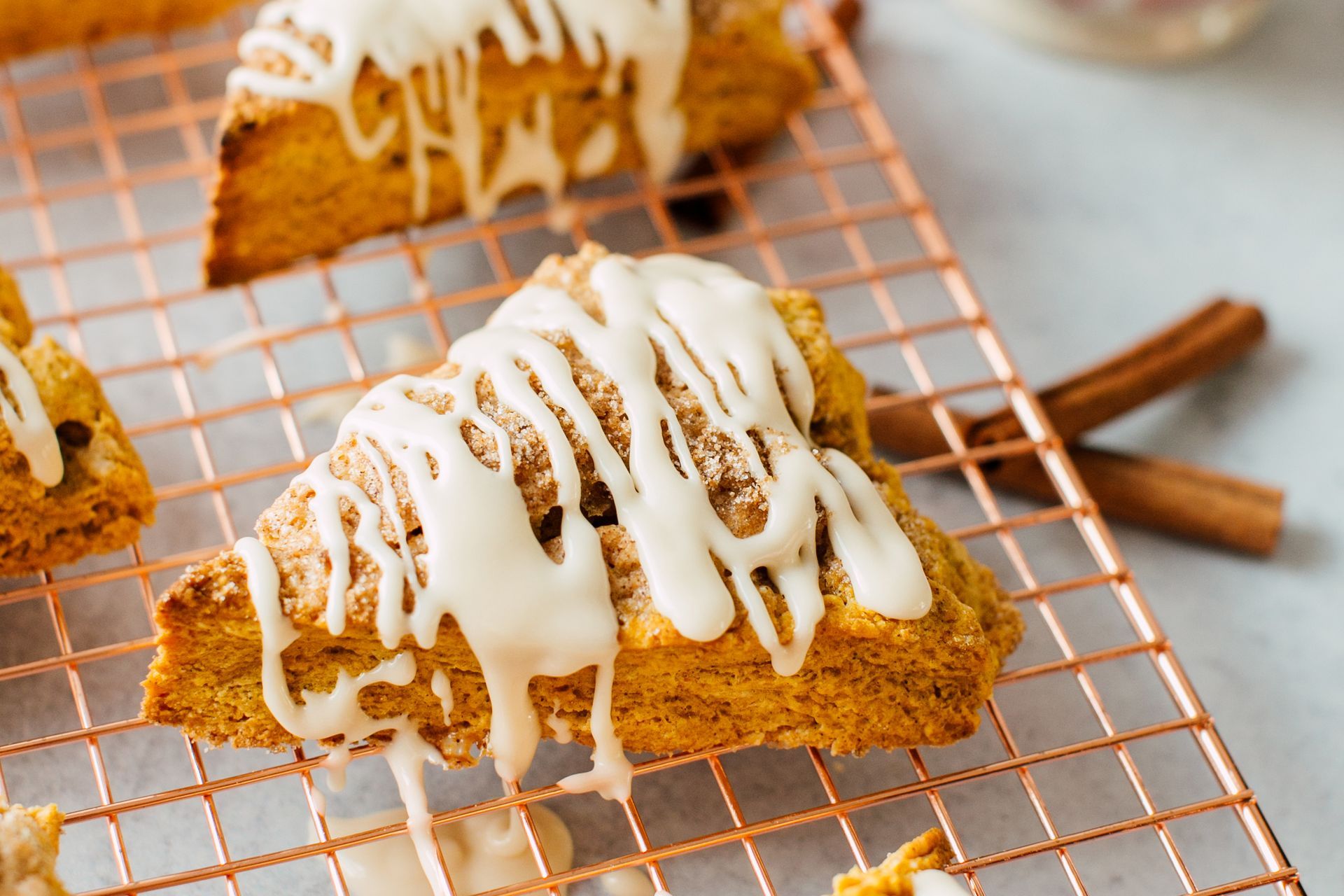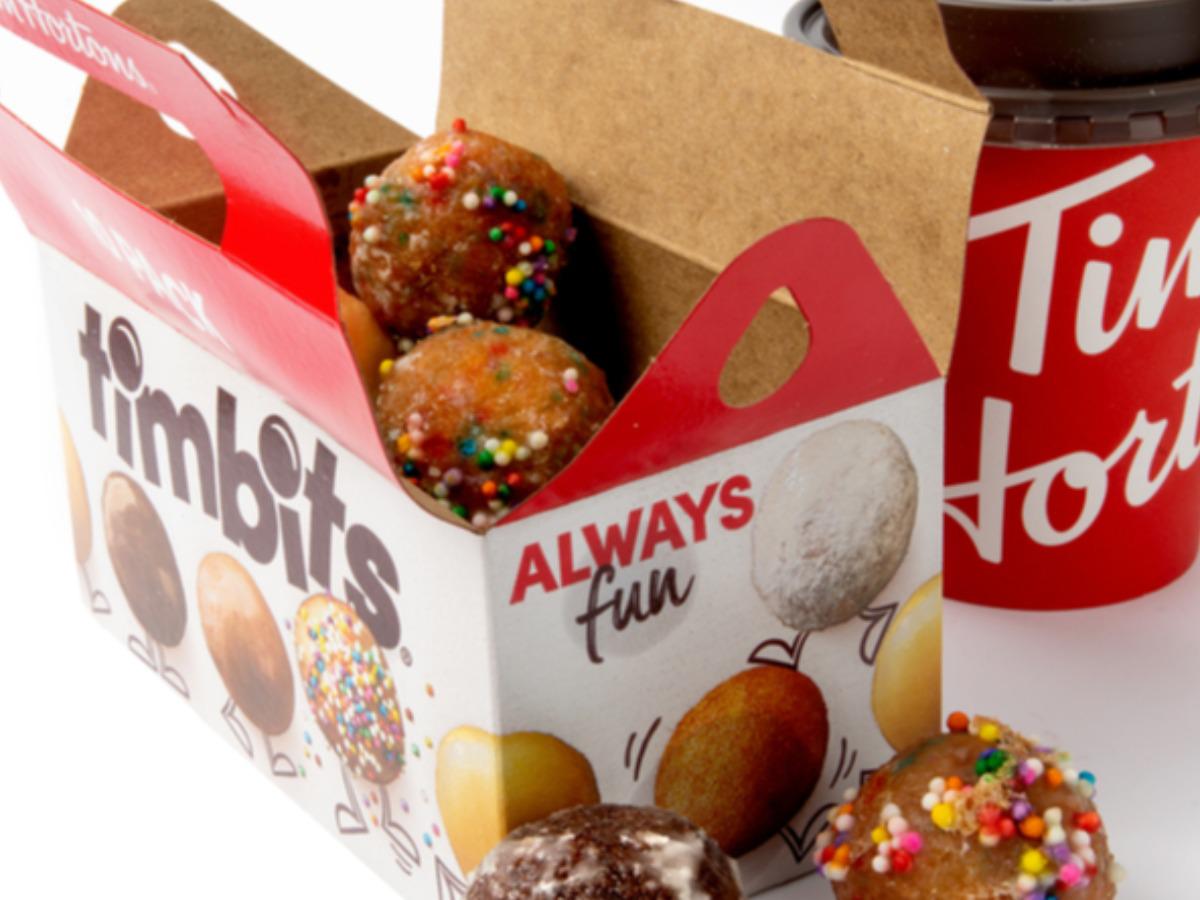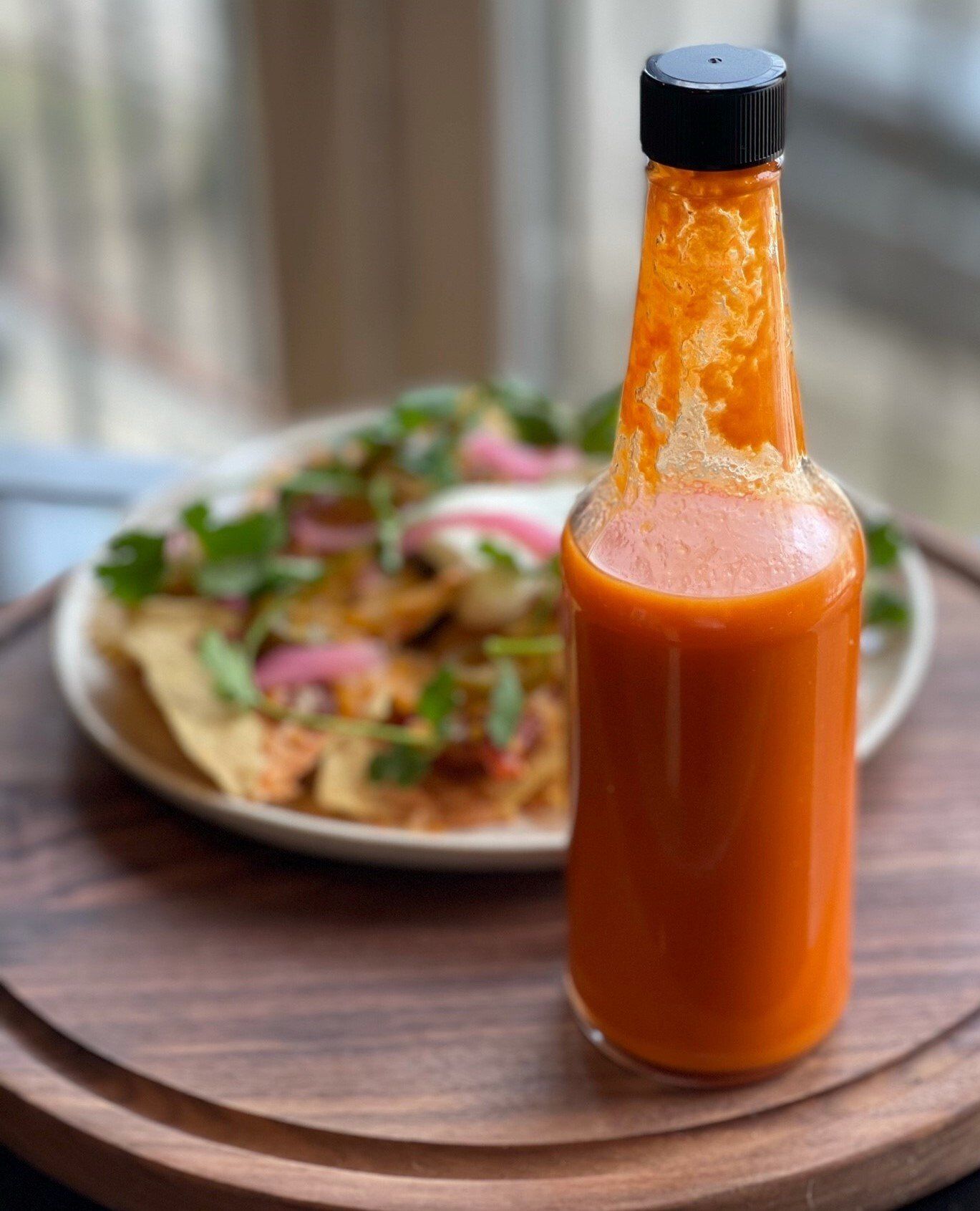Chef Dan's Fresno Plum Hot Sauce
CSSI Staff Post - April 6, 2021
This is a fiery red sauce akin to the Tabasco® and Crystal® hot sauces of the world, with added sweetness from plums and fresh fennel, and added depth from garlic and mustard seed. You’ll notice there is no vinegar in this recipe; that’s because the natural fermentation by lactic acid bacteria is going to give you all the acid you need! If the finished product is too much for your tastebuds, then feel free to add your vinegar of choice once the sauce is completed; I like unseasoned rice wine vinegar.
Also, you’re probably going to have some brine leftover after fermentation is complete—save it! This is called table brine; it’s packed with flavor and probiotics and will keep for months in the refrigerator. I use it as a marinade for fried chicken, dressing for crunchy cabbage slaw, to season soups or stewed collard greens, sprinkled over French fries and potato chips, as an addition to a Bloody Mary… the list goes on!
Ingredients
1 lb. Fresno Chilies, stems removed, cut in large pieces
1 lb. Plums (about 4-5 large), halved, pits removed
½ lb. Fresh Fennel Bulb, coarsely chopped
1 oz Fresh Garlic (about 4-5 large cloves), smashed
2 Tbsp Whole Mustard Seeds
2 L Water*
80 g Kosher Salt (2/3 Cup)*
*The water and salt will create the brine in which everything will ferment. For this recipe I use a 4% concentration, and I always weigh the water and salt to ensure accuracy. If you don’t have a scale, then buy Diamond Crystal Coarse Kosher salt, as different salts will have different weights respective of their volume measurements. With any natural ferment, I always use a brine with at least 3% concentration, to ensure the good bacteria thrives while the bad bacteria stays away!
- Combine chilies, plums, fennel, garlic and mustard seeds in fermentation crock, large wide-mouth glass jar or food-grade plastic container.
- In a separate mixing bowl, combine the water and salt, and whisk to dissolve.
- Pour the brine over the vegetables and cover with a weight to keep them submerged in the brine. (If using a fermentation crock, it probably came with a weight that fits inside. If using a jar or plastic tub you may need to get creative; I use a zip-top plastic bag filled with salt/water brine at the same 4% ratio.)
- If using a fermentation crock: cover with lid per the manufacturer’s guidelines and store in a cool, dark place for at least 3 days and up to 2 weeks.
- If using glass jar or other container: Cover with cheese cloth and store in a cool, dark place for at least 3 days and up to 2 weeks. Longer fermentation will result in a more rounded hot sauce with deeper flavor. Check periodically, skimming any mold or scum off of the top as needed.
- After it has fermented to your liking, transfer solids to a blender with enough brine to cover. (You may need to do this in batches.) Blend on high for 30 seconds to 1 minute, then pass through a fine mesh sieve, pressing on the solids to extract as much liquid as possible. Store covered in the refrigerator for up to a year. (I’ve got a batch from last summer that just keeps getting better!)







